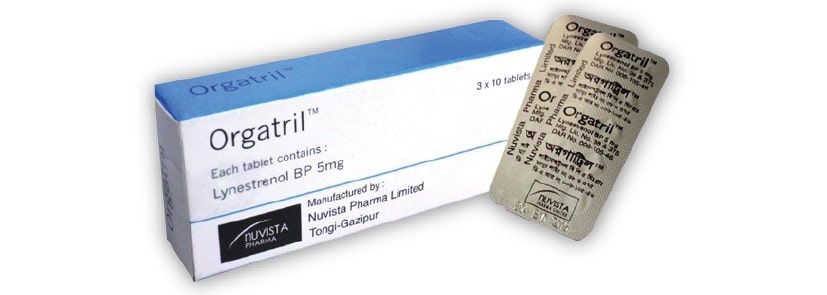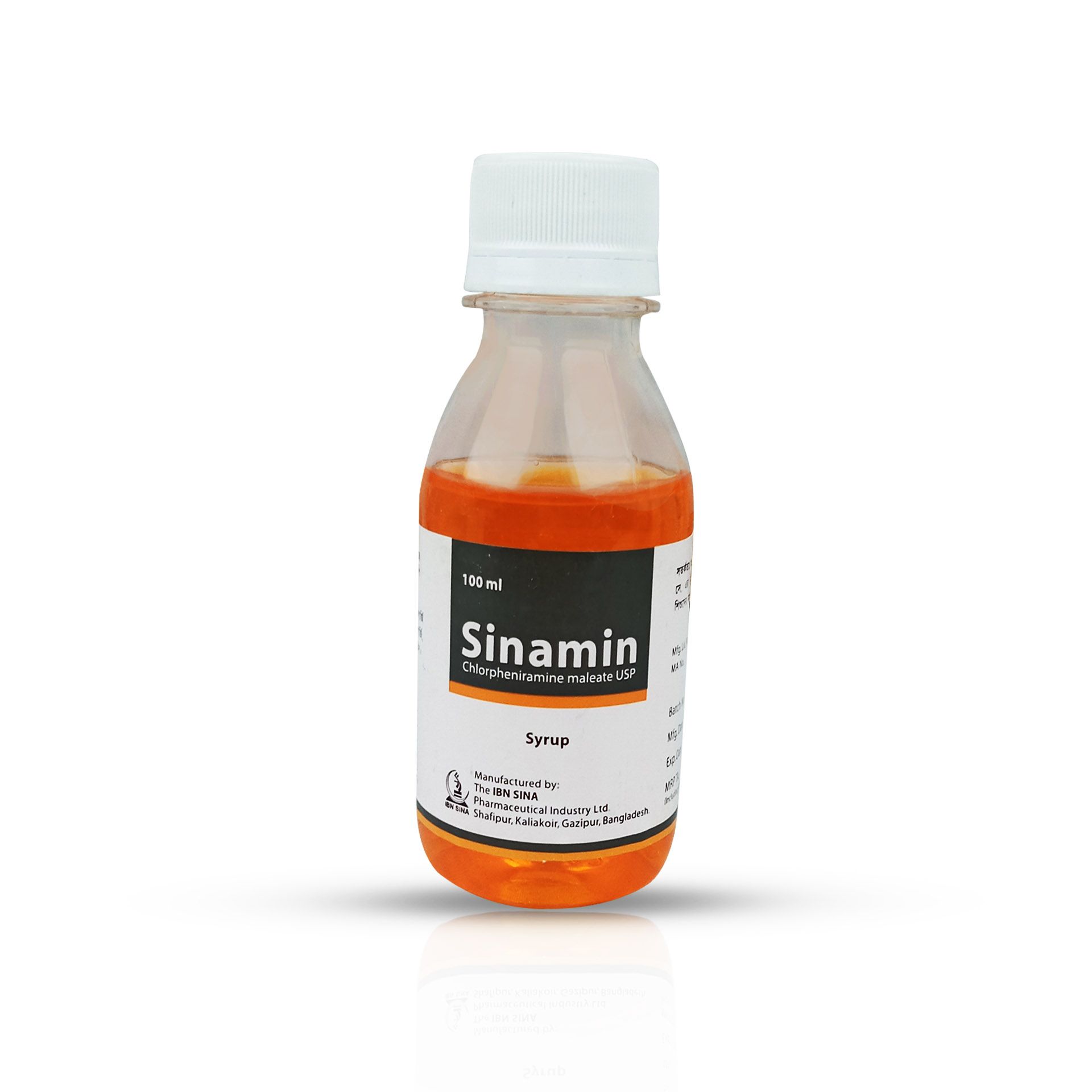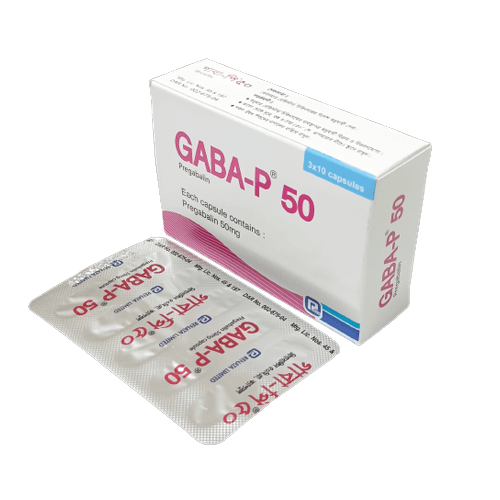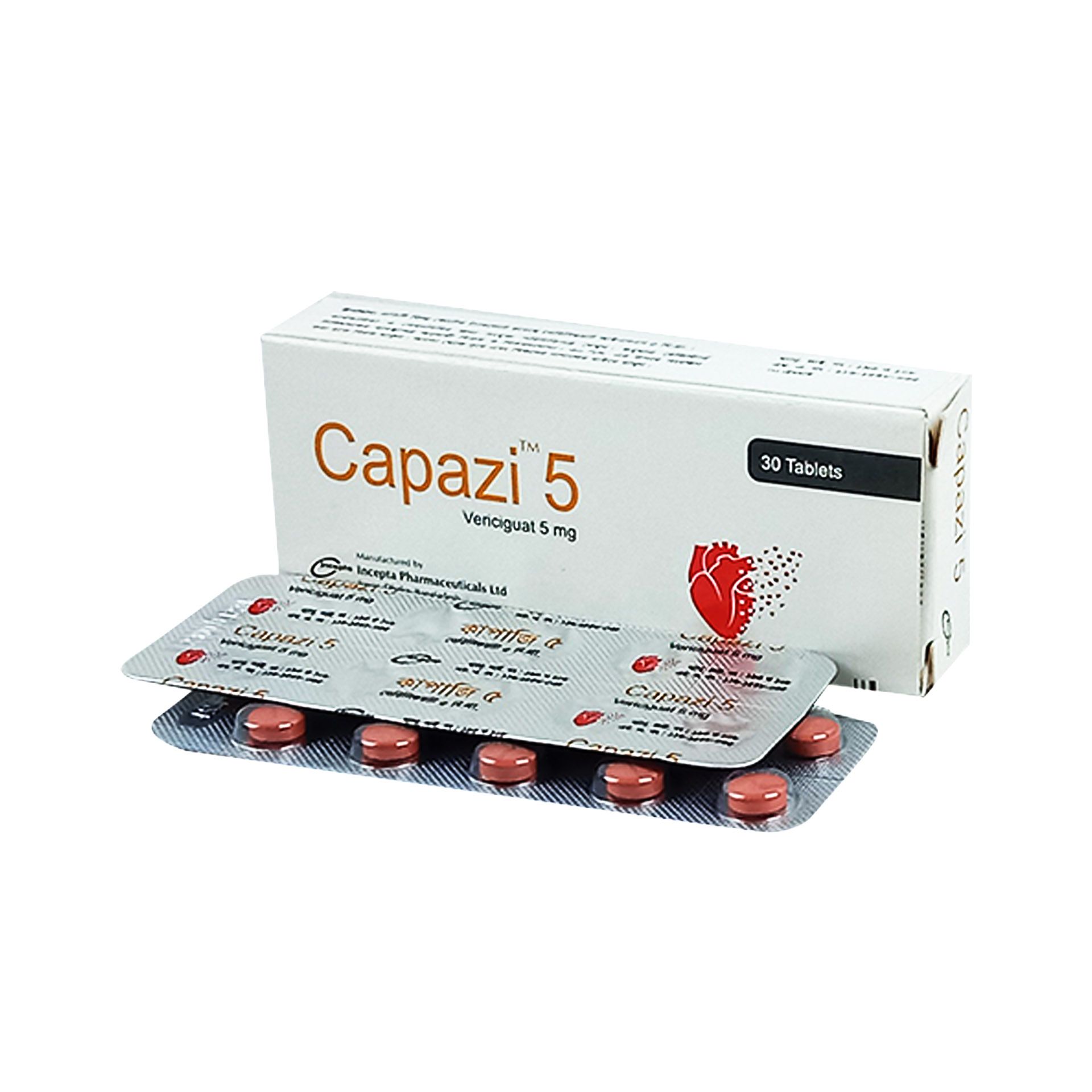



Orgatril Tablet - (5mg)
(0
reviews)
Sold by
Ashik Medical
Price
৳106.00
৳116.00
/pc
-9%
Club Point:
50
Refund
Not Applicable
Share
Top Selling Products
-
৳76.50
৳85.00 -
৳27.00
৳30.00 -
৳342.00
৳380.00 -
৳126.00
৳140.00 -
৳450.00
৳500.00 -
৳135.00
৳150.00
Reviews & Ratings
0
out of 5.0
(0
reviews)
There have been no reviews for this product yet.
Introduction
Orgatril is a medicine used as an oral contraceptive pill to prevent pregnancy. It helps to prevent the release and fertilization of the egg by sperm. It is safe for most women, including breastfeeding mothers. Orgatril can be taken with or without food, but take it at the same time to get the most benefit. It should be taken as your doctor's advice. The dose and how often you take it depends on what you are taking it for. Your doctor will decide how much you need to improve your symptoms. Swallow the tablets whole with a drink of water. You should take this medicine for as long as it is prescribed for you. If you missed your dose and you are late by 12 hours in taking the missed dose, in that case, you must use a condom while intercourse for a period of 2 days. The most common side effects of this medicine include headache, nausea, weight gain, and acne. If these bother you or appear serious, let your doctor know. There may be ways of reducing or preventing them. Usually, it makes your menstrual cycle irregular, consult with your doctor if this occurs frequently. Before taking this medicine, let your doctor know if you have ever had diabetes, unexplained vaginal bleeding, and have high blood pressure. Your doctor should also know about all other medicines you are taking as many of these may make this medicine less effective or change the way it works. Generally, if you experience vomiting within 2 hours of dose intake, take another dose as soon as you feel better.
Uses of Orgatril
- Contraception
Side effects of Orgatril
Common
- Headache
- Nausea
- Weight gain
- Irregular menstrual cycle
- Mood changes
- Acne
- Breast pain
How to use Orgatril
Take this medicine in the dose and duration as advised by your doctor. Swallow it as a whole. Do not chew, crush or break it. Orgatril may be taken with or without food, but it is better to take it at a fixed time.
How Orgatril works
Orgatril is a progestin (female hormone). It works by stopping the sperm cells from entering the uterus, thickening the cervical mucus and preventing the development of female egg. This helps prevent pregnancy.
Quick Tips
- Orgatril helps prevent pregnancy.
- Take it continuously at the same time everyday with no break between pack of pills.
- Unlike other combined oral contraceptives, it can also be taken by women who smoke, are over 35 yrs of age or are breastfeeding.
- If you are more than 12 hours late in taking a pill you will not be protected against pregnancy. Use other contraceptive methods such as condoms for the next two days.
- It may stop your periods or make them lighter, irregular or more frequent.
- If you vomit within 2 hours of taking Orgatril, take another pill as soon as you feel well.
- Stop taking this medicine and inform your doctor immediately if you notice unexplained swelling and pain in your limbs, shortness of breath, chest pain, severe headache, or changes in vision. These could be symptoms of a blood clot in a vein.
Brief Description
Indication
Contraception, Menstrual disorders
Administration
May be taken with or without food.
Adult Dose
Oral Menstrual disorders Adult: 5-10 mg daily as cyclic regimen.
Contraindication
Undiagnosed vaginal bleeding, active venous thromboembolic disorders or severe arterial disease, hepatic impairment, progestogen-dependent tumours, porphyria. Pregnancy.
Mode of Action
Lynestrenol is a progestogen structurally related to norethisterone. It may be used alone or as the progestogenic component of some oral contraceptives.
Precaution
CV or renal dysfunction, hypertension, epilepsy, migraine, asthma, DM, conditions which may be exacerbated by fluid retention, malabsorption syndrome, post ectopic pregnancy, functional ovarian cysts, thromboembolism. Lactation.
Side Effect
GI disturbances, changes in appetite or weight, fluid retention, oedema, rashes, urticaria, mental depression, breast tenderness and pain, gynaecomastia, changes in libido, headache, migraine, altered menstrual cycle, irregular menstrual bleeding, changes in LFTs and serum lipid profile. Potentially Fatal: Anaphylaxis or anaphylactoid reactions.
Interaction
Increased metabolism and subsequent reduction in efficacy with enzyme-inducing agents e.g. carbamazepine, griseofulvin, phenobarbital, phenytoin and rifampicin. Adjustment in antidiabetic dose may be required. Potentially Fatal: May increase plasma levels and toxicity of ciclosporin.
Frequently Bought Products
Product Queries (0)
Login Or Registerto submit your questions to seller
Other Questions
No none asked to seller yet
Top Selling Products
-
৳76.50
৳85.00 -
৳27.00
৳30.00 -
৳342.00
৳380.00 -
৳126.00
৳140.00 -
৳450.00
৳500.00 -
৳135.00
৳150.00








